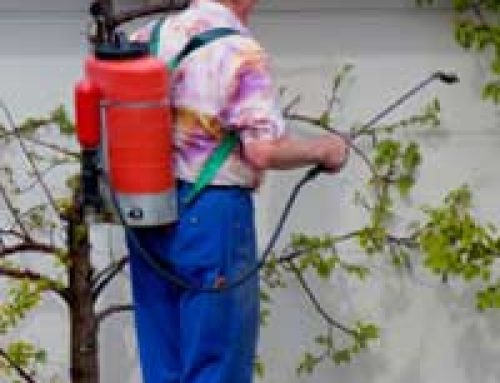
As people throughout the UK become more sensitive about ecological issues, looking for green and non-toxic wood paints and stains has become more popular. The dangers of wood paints and stains were brought into sharp relief by the banning of creosote sales to the DIY market by the European Union in 2003 because of health scares, including fears that it contained carcinogens.
Places to use Paints and Stains in the Garden
There are many places in a garden where wood is used and it makes sense to protect it from the elements so that it lasts longer. These places include fences, sheds, greenhouses and other garden buildings, trellises, gazebos and other supporting frames for plants, and of course the now-ubiquitous decking.
Paints and stains are used to protect these wooden structures from three main sources of attack. They are water ingress (leading to rot), fungicidal or insect infestation and fire. Of course paints and stains are also used to make wood look good too.
Paint or Stain?
There is a bewildering range of wood paints and stains on the market, even without introducing the ecological angle. This article will give guidance on how to identify products that are less destructive to the environment.
There isn’t really any hard and fast distinction between paints and stains. Generally paint will completely cover the wood and form an almost solid barrier over the surface, while a stain will sink into the grain of the wood, allowing it to show through, but there is a distinctly blurred line between the two.
Ecological Considerations
Whether to look for paint or stain depends largely on the decorative finish that you are looking for and the amount of time you have, as paint will generally require more coats for a quality finish. From an ecological point of view you need to look at the origin of the pigment and active ingredients of the paint or stain and the medium that the contents are suspended in.
The ecological considerations come from a number of angles. The first is the damage done to the environment when making the products, so naturally occurring materials are preferred. Another is the danger that the products can do to people who might inhale the toxins in the products, although the danger of this in a garden isn’t as acute as it would be in an interior setting. Finally there is the effect on animals and insects in the garden where whole food chains exists that can be disrupted by poisons in the environment.
Suspension Mediums and Active Ingredients
The suspension medium is often petroleum-based. This is generally frowned upon because of the ecological record of the petrochemical industry and the toxins leaked into the surrounding atmosphere once the paint or stain has been applied. Many stains are water-based or use oils that occur naturally such as sunflower, soya or citrus.
When it comes to the content of the paint or stain, look for biocides or preservatives as they are generally bad news. This unfortunately means that protection against insects and fungal infections isn’t as strong with ecologically sensitive products so they may need to be applied more frequently.
Financial Considerations
Finally the unfortunate truth is that ecologically conscious products are often more expensive than established market leaders. Unfortunately paints and stains are no exception to this rule.
Until pressure from the market increases demand to higher levels, ecologically friendly products will not be able to benefit from economies of scale. This means that for some time there will continue to be a ‘green premium’ that ecologically sensitive consumers will have to pay.





Leave A Comment